OK, so, I lied. I originally said that this would be a 3-part series on the biblical concept of holiness. But, as happens with much of my writing, it has grown into at least a 4-part, maybe even a 5-part, series. This is the 3rd installment.
In part 1 I explained how a proper understanding of holiness is rooted in God’s nature, God’s being. Our Creator is the one and only God, an incomparable God who is utterly unique in every way.
Part 2 then looked at the extension of God’s holiness to others through personal contact and continuing relationship. Persons, places and things may become holy when God makes contact, particularly by establishing a personal relationship with select individuals, like Abraham and Moses, or with groups of people, such as Israel.
In part 2 we also discovered how God’s extension of holiness is a one-way-street. Holiness “travels” in one direction only, from God to others. Furthermore, that holiness is maintained by following God’s directions. Violating the Holy One’s instructions can lead to immediate punishment and destruction.
However, my description raises a number of questions. Such as:
 What about God’s numerous personal encounters with folks like Abraham, Isaac and Jacob in the book of Genesis? Abraham enjoyed several intimate encounters with Yahweh (Genesis 12:1-7; 13:14-17; 15:1-20; 17:1-8; 22;1-18), yet he was never warned, as Moses was, about the dangers of “standing on holy ground” (Exodus 3:5). The patriarchs were never ordered to “step back” or be killed, as were the people of Israel standing at the foot of Mt. Sinai. Why? What changed between Genesis and Exodus?
What about God’s numerous personal encounters with folks like Abraham, Isaac and Jacob in the book of Genesis? Abraham enjoyed several intimate encounters with Yahweh (Genesis 12:1-7; 13:14-17; 15:1-20; 17:1-8; 22;1-18), yet he was never warned, as Moses was, about the dangers of “standing on holy ground” (Exodus 3:5). The patriarchs were never ordered to “step back” or be killed, as were the people of Israel standing at the foot of Mt. Sinai. Why? What changed between Genesis and Exodus?
Similar questions are especially pressing for Christians when reading the New Testament gospel stories about the life of Jesus.
Historic, orthodox Christian theology has always insisted – because it is the consistent message of the New Testament – that the human being named Jesus of Nazareth was both fully human and fully divine. That belief is at the heart of the Christian doctrine of the incarnation – the eternal God becoming an historic, individual human being named Jesus.
How does divine holiness fit into all this? For instance:
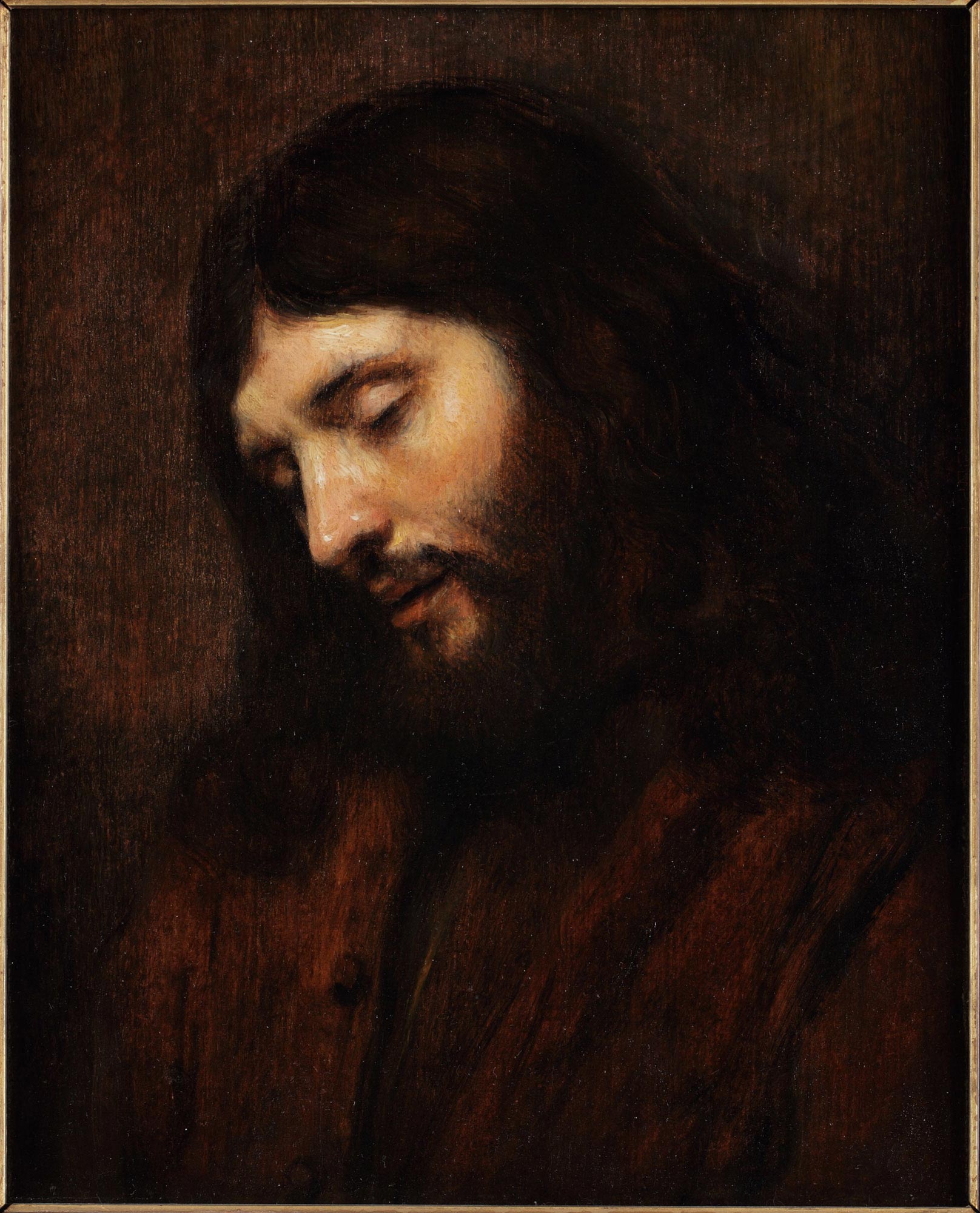
Various theologians have offered a variety of thoughts on that question, but I must pass over them here. I will only note that my friend, Sǿren Kierkegaard, referred to this incarnational mystery as the primary stumbling-block, THE principal “offense” requiring the famous “leap of faith,” confronting anyone who wants to follow Jesus. (You might want to read more about the offensiveness of Christian faith and the need for a leap of faith in my book Encountering Jesus, Encountering Scripture).
Furthermore, if (a) Jesus is God and (b) God is holy and (c) those approaching the Holy One must do so very carefully, in exactly the way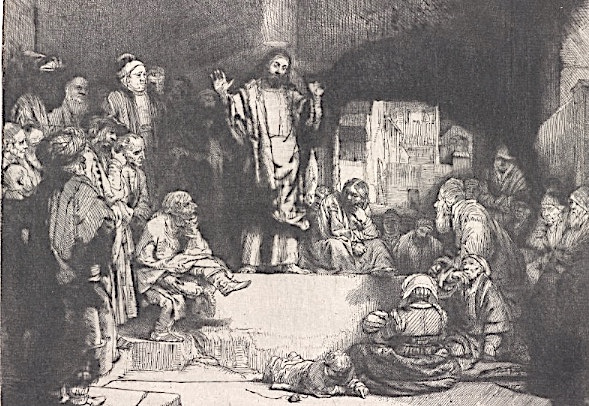
What happened to the necessary limits, the barriers, the warnings and prohibitions – and most of all, the dire Old Testament consequences! – that always circumscribe the Holy One?
How can this particular “holy one of God” (Mark 1:24) remain so flagrantly cavalier about mixing and mingling with society’s outcasts, who remain outcasts precisely because they do not obey God’s instructions?
How can he crash through every social barrier while freely touching and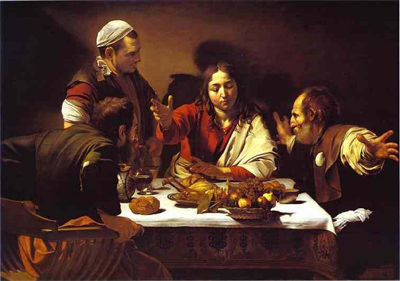
How does he eat and drink with sinners, using the very same bowls, plates and cups as they?
How did he tolerate the wicked, unholy abuses of human depravity that were heaped upon him at the cross?
MOST OF ALL, how can any of these (apparently unacceptable) encounters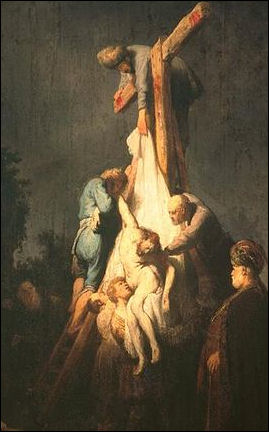
I believe that the only answer can be God’s grace.
It was only by God’s grace that Abraham became the friend of God. After all, it was Yahweh who came to Abraham and initiated their kick-off to salvation-history (Genesis 12:1-7). It certainly wasn’t Abraham’s idea. Until that conversation, he was still bowing down to the gods of Ur!
God is not an automaton. He does not execute His programming.
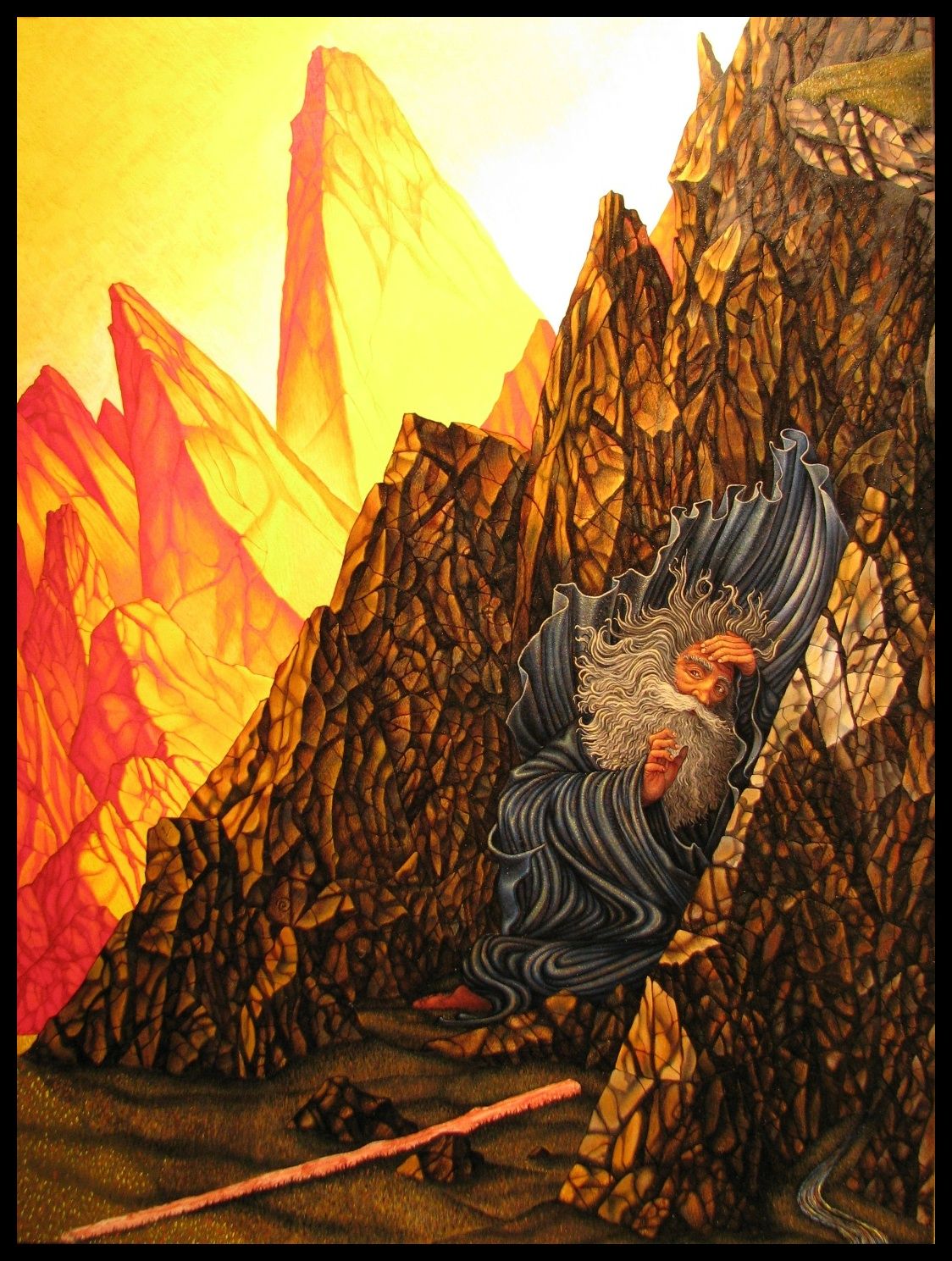
I think that we must assume that the same gracious decision-making explains the preexistent Son’s life on earth. As the gospel of John says,
“The Word became flesh and lived for a while among us. We have seen his glory, the glory of the one and only Son, who came from the Father, full of grace and truth” (John 1:14)
The gospel writer provides a New Testament commentary on Moses’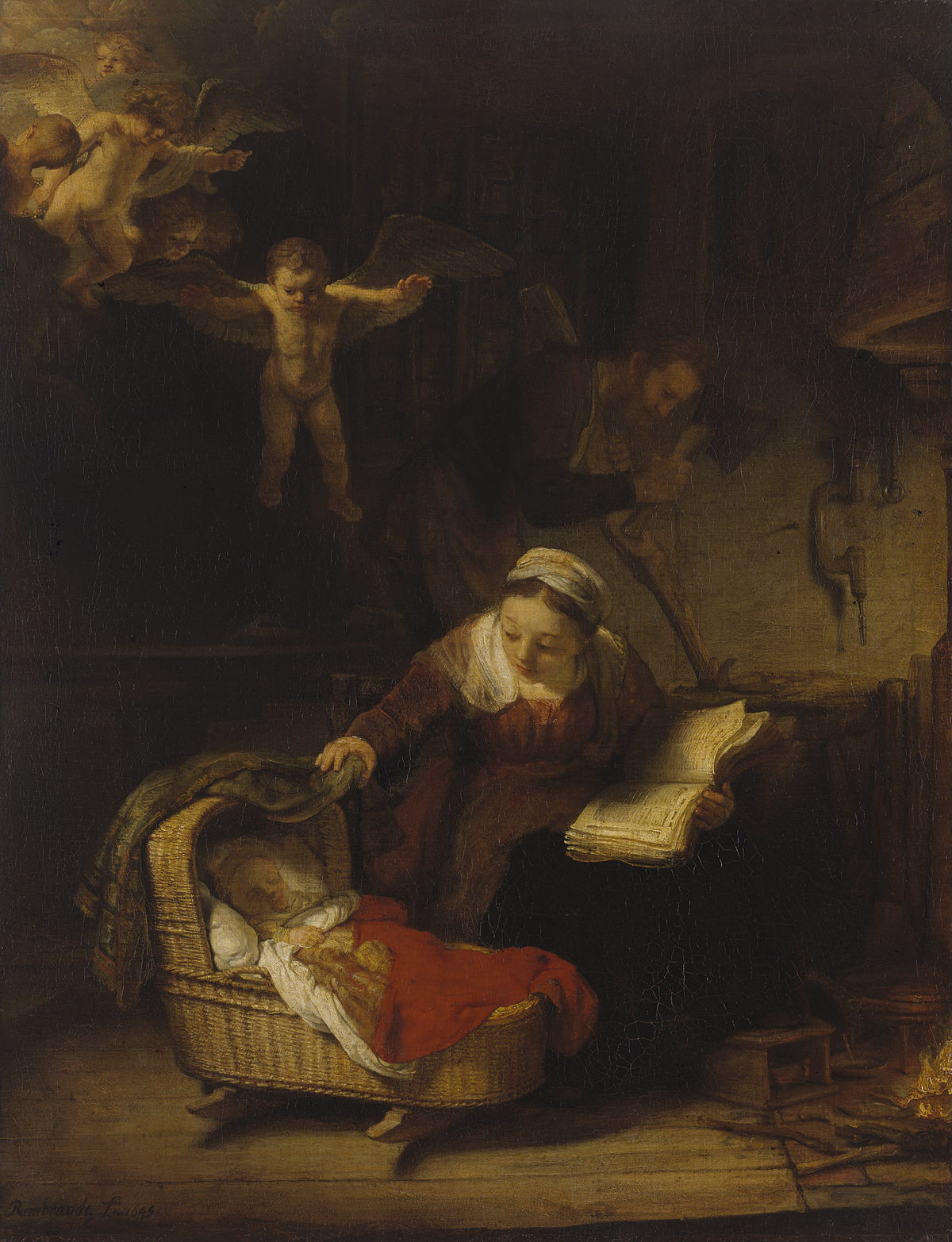
To revisit my parable from part 1 – Mr. Ball entered into Flatland and became Mr. Circle so that Madame Triangle, Mr. Line and Miss Square might all be elevated into the 3rd dimension with Him.
